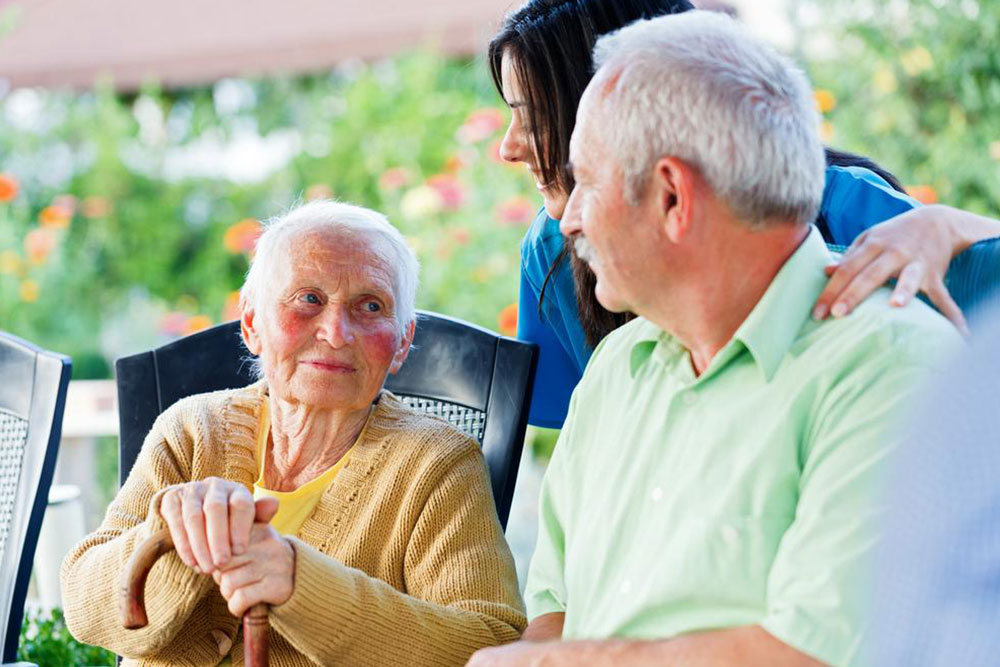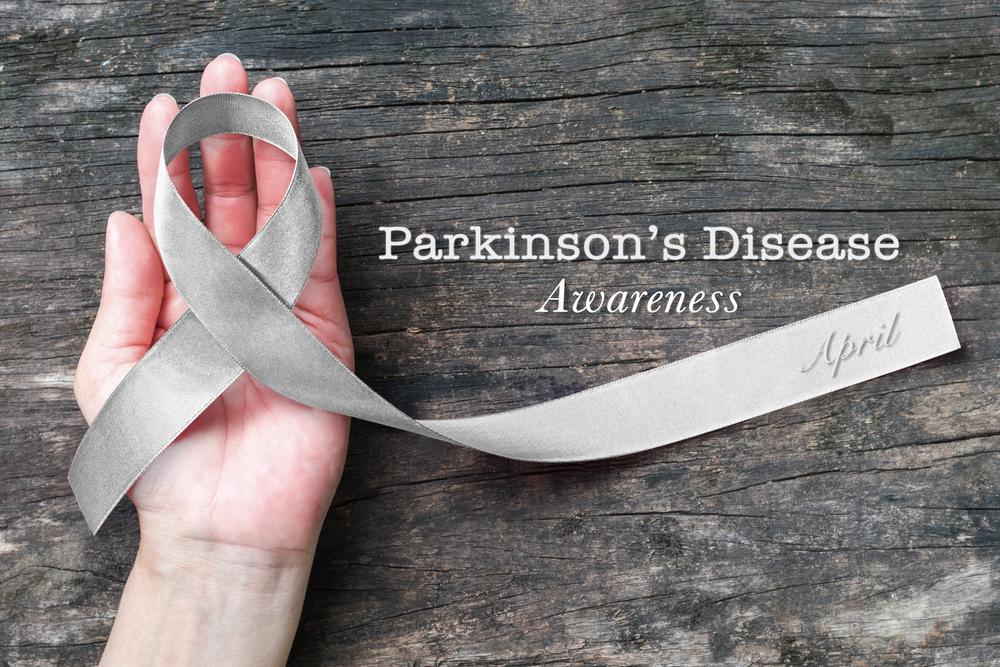Comprehensive Guide to Recognizing the Advanced Stages of Parkinson's Disease: Symptoms, Indicators, and Management Strategies
This comprehensive guide explores the signs and symptoms of advanced Parkinson's disease, including motor and non-motor manifestations. It highlights early recognition, progression markers, and management strategies to enhance patients' quality of life. Understanding these indicators allows for timely intervention and improved disease control, emphasizing a multidisciplinary approach to care.

Understanding the Symptoms and Indicators of Advanced Parkinson's Disease
Parkinson's disease is a progressive neurological disorder characterized by the gradual decline in motor control, a condition medically referred to as hypokinesia. Despite extensive research, the precise cause of Parkinson's remains elusive, and currently, there is no definitive cure that can halt or reverse its progression. At its core, Parkinson's results from the loss of dopamine-producing neurons in the substantia nigra, a region in the brain crucial for regulating movement and coordination. The decline in dopamine levels disrupts normal nerve signal transmission, leading to the characteristic motor and non-motor symptoms.
The etiology of neuronal loss in Parkinson's disease is complex and not fully understood. Although genetics may play a role in a subset of cases, environmental factors—such as exposure to certain toxins or chemicals—are also suspected contributors. However, these influences account for a minor percentage compared to the primary risk factor: age. Parkinson's predominantly affects individuals over the age of 60, with the likelihood increasing significantly in this age group. It is a slowly progressing condition, often beginning with subtle signs that can be easily overlooked or mistaken for normal aging.
Recognizing the early symptoms of Parkinson's is crucial for timely intervention and better management. The disease initially manifests with mild, often intermittent symptoms such as resting tremors—typically seen in the hands or fingers—slowed movement or bradykinesia, muscle stiffness or rigidity, and slight balance issues. Over time, these symptoms tend to worsen, interfering with daily activities and quality of life. Additional early indicators include changes in speech, such as softer or slurred speech, and handwriting that becomes increasingly cramped or illegible. These initial signs are subtle but can be critical markers for early diagnosis when combined with a comprehensive neurological evaluation.
As Parkinson's disease advances, motor symptoms become more pronounced and may include more frequent tremors, pronounced muscle rigidity, and significant difficulty with voluntary movements. Fine motor skills, such as writing or buttoning a shirt, become more challenging, and gait disturbances, including shuffling steps and balance loss, increase the risk of falls. Controls like Levodopa (L-Dopa) are highly effective at alleviating many of these motor symptoms by replenishing dopamine levels in the brain. Nonetheless, as the disease progresses, the response to medication may diminish, necessitating adjustments in treatment strategies.
Beyond motor dysfunction, advanced Parkinson's disease encompasses a range of non-motor symptoms that significantly impact patients' quality of life. Cognitive decline becomes evident, with some patients developing confusion, memory impairment, and in severe cases, dementia. Mood disorders, including depression, anxiety, and apathy, are common and often require psychological or pharmacological interventions. Physical challenges extend to difficulties swallowing (dysphagia), excessive salivation or drooling, sleep disturbances like REM sleep behavior disorder, urinary incontinence, constipation, and orthostatic hypotension leading to dizziness or fainting. Loss of the sense of smell (anosmia), fatigue, and sexual dysfunction are also prevalent and may precede motor symptoms.
Early identification of these symptoms is vital for optimizing treatment plans, managing complications, and maintaining the highest possible quality of life for patients. Multidisciplinary approaches—including medication, physical therapy, occupational therapy, speech therapy, and psychological support—are essential components of comprehensive care. Emerging therapies and clinical trials continue to explore new avenues for symptom control and disease modification, offering hope for the future. Educating patients and caregivers about the progression of Parkinson's and effective symptom management strategies can empower them to face challenges proactively and improve overall well-being.





